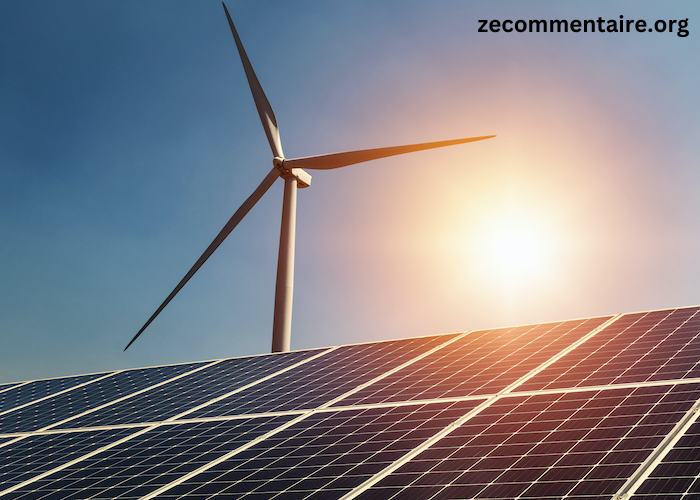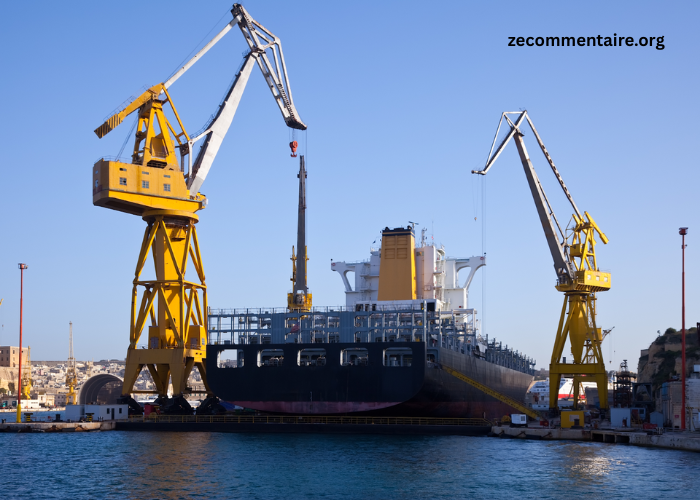As the worldwide push for renewable energy strengthens, businesses are embracing novel instruments like Energy Attribute Certificates (EACs) and Power Purchase Agreements (PPAs) to lower carbon footprints and accomplish sustainability targets. Knowing how these instruments operate and their special benefits will enable companies to make wise choices on their methods of acquiring energy.
What Are Energy Attribute Certificates (EACs)?
Usually one megawatt-hour (MWh), Energy Attribute Certificates (EACs) prove that a specific amount of energy—usually from renewable sources—was generated. These certifications let businesses claim the environmental advantages of renewable energy without having direct use of the power itself.
For instance, a corporation in an area dependent on fossil fuels can buy EACs from renewable energy providers, therefore supporting green initiatives and lowering its stated carbon emissions. EACs are the pillar of worldwide sustainability projects like RE100 since their adaptability helps companies to show their dedication to renewable energy.
How EACs Streamline Sustainability Reporting?
Under programs like CDP and RE100, EACs are very necessary for fulfilling reporting criteria. Consolidating all certificate data on a unified platform helps companies to streamline their energy portfolio management. Flexidao and other tools guarantee compliance by helping to track certificate allocations, maximize Scope 2 emissions reporting, and expedite proof collecting procedures.
What Are Power Purchase Agreements (PPAs)?
Power Purchase Agreements (PPAs) are long-term contracts that enable businesses to secure renewable energy from specific projects at predetermined pricing. These agreements are vital for supporting renewable energy developments by providing financial security to developers while offering buyers predictable energy costs.
For businesses looking to lock in energy prices for decades, PPAs are particularly helpful since they directly support the generation of renewable energy while so avoiding market instability.
Virtual PPA vs Physical PPA: The Key Differences
When picking a PPA type, organizations must evaluate whether to go for a Virtual PPA (VPPA) or a Physical PPA. Each technique offers distinct benefits and is tailored to different operating needs.
Virtual Power Purchase Agreements (VPPAs)
A VPPA, also known as a financial PPA, does not involve the direct delivery of electricity. Instead, it is a financial arrangement where:
- The buyer supports renewable energy projects by purchasing renewable energy certificates (RECs).
- A “contract-for-difference” is established, ensuring a fixed energy price for the buyer while providing revenue stability for the developer.
For companies with dispersed operations or those without access to renewable energy sources, VPPAs are perfect. They allow enterprises to claim environmental benefits globally while avoiding price variations. However, VPPAs may contain complexity such as regulatory problems and accounting considerations.
Physical Power Purchase Agreements
In a Physical PPA, the buyer receives electricity directly from a renewable energy project. The key features of this arrangement include:
- Direct Supply: The energy is delivered to the grid and used either onsite or resold.
- Local Impact: The project and the buyer must be in the same power grid, ensuring tangible contributions to regional clean energy initiatives.
- Simplified Accounting: Unlike VPPAs, physical PPAs often have fewer accounting complications, making them more straightforward for financial reporting.
Physical PPAs are best suited for organizations with significant energy demands and the infrastructure to integrate renewable electricity into their operations.
EACs and PPAs: A Winning Combination
EACs and PPAs typically compliment each other in a company’s renewable energy strategy. While PPAs assure long-term access to clean energy, EACs ensure that the environmental benefits are correctly measured and reported. Combining these techniques gives a solid framework for accomplishing and exhibiting environmental goals.
For instance, a company entering a VPPA can also purchase EACs to further boost its green credentials. Platforms like Flexidao ease this integration by automating the allocation of certificates and tracking their lifecycle.
Navigating the PPA Landscape
Deciding between a virtual and real PPA depends on numerous criteria, including geography, energy consumption, and financial goals. Businesses with global operations frequently favor VPPAs for their flexibility, while those with local projects might opt for physical PPAs to directly incorporate renewable energy into their portfolios.
Emerging developments, such as sleeved PPAs and remote PPAs, are further broadening the alternatives available. Companies should assess these possibilities carefully to guarantee compatibility with their environmental and financial objectives.
Leveraging Technology for Renewable Energy Success
Managing EACs and PPAs efficiently demands robust technology solutions. Platforms like Flexidao allow centralized oversight of energy contracts, automate billing, and optimize reporting. These tools simplify complex processes, enabling businesses to focus on attaining their clean energy targets.
For example, Flexidao’s platform allows firms to monitor the operation of their PPAs, track certificate balances, and automate data collecting, eliminating manual work and errors. This degree of understanding ensures that enterprises can optimize the value of their renewable energy expenditures.
Conclusion
The combination of Energy Attribute Certificates and Power Purchase Agreements offers companies a formidable arsenal for increasing renewable energy adoption. By understanding the distinctions between virtual PPA vs physical PPA and using systems for effective management, firms can meet their sustainability goals while avoiding risks and expenses. As the need for clean energy continues to climb, these instruments will stay at the forefront of the corporate renewable energy strategy.




